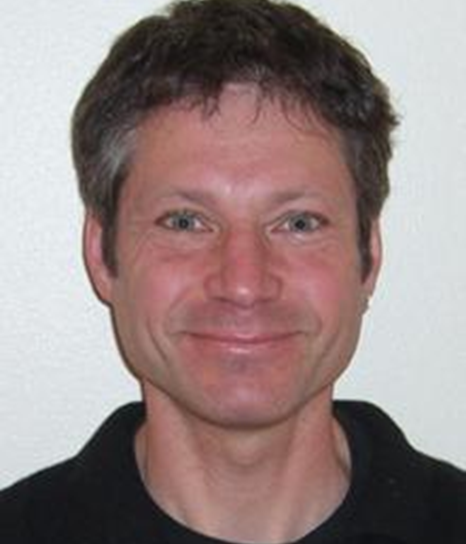报告人:Jonathan Bamber (英国布里斯托大学 教授)
时间:2025年10月24日(周五) 10:00-11:30
地点:测绘馆401会议室
报告简介:
The cryosphere comprises seasonal snowcover, sea ice, permafrost and land ice. At any one time it covers as much as 40% of the land surface and varies on timescales of months to millennia. EO data have been critical in observing this dynamic and climatically delicate component of the Earth system. Here I will focus on two components where ESA missions have played a central role: sea ice and land ice, where the latter comprises glaciers and ice caps (GIC) and the great ice sheets covering Greenland and Antarctica.
ESA’s first dedicated EO satellite, ERS-1, was a ground-breaking mission for the agency but also for studying and understanding sea-ice and the ice sheets. Advances in observations of GIC had to wait almost two more decades until the launch of CryoSat-2 with its SARIn mode permitting estimates of GIC volume change for the first time from satellite radar altimetry. GRACE, GFO, ICESat and ICESat-2 have also played an important role in monitoring and improving our understanding of sea ice and land ice change. Here I will highlight some of the major achievements, the evolution of our understanding of these systems and, in particular, how the findings have radically altered projections of, and uncertainty in, the land ice contribution to future sea level rise and the challenges that remain in the field. Finally I will touch on how we have managed, with the aid of these various missions, to address one of the Grand Challenges in oceanography: closing the sea level budget.
报告人简介:
Jonathan Bamber is professor of glaciology and Earth Observation, University of Bristol and Senior Research Fellow at Technical University Munich in the Dept of Aerospace and Geodesy. He is former Director of the Bristol Glaciology Centre and former President of the European Geosciences Union.
He has a degree in physics and a PhD in geophysics. He has ~40 years experience in the analysis of airborne & satellite data sets from the polar regions, specialising in combining these data with models of the Earth system. He is an expert on the ice sheets covering Antarctica and Greenland and their contribution to sea level. He has also worked extensively in the general field of geodesy, covering mapping of the surface topography of the Earth, sea level variations in time and space and measuring mass exchange between the land and oceans due to melting of land ice and the hydrological cycle and solid Earth deformation. He is currently a member of ESA’s most high level advisory body the Advisory Committee for Earth Observation and a member of the European Space Science Committee and the EU Science Advisory Board for their ambitious ~900M euro project to develop a Digital Twin for the Earth: DestinE.